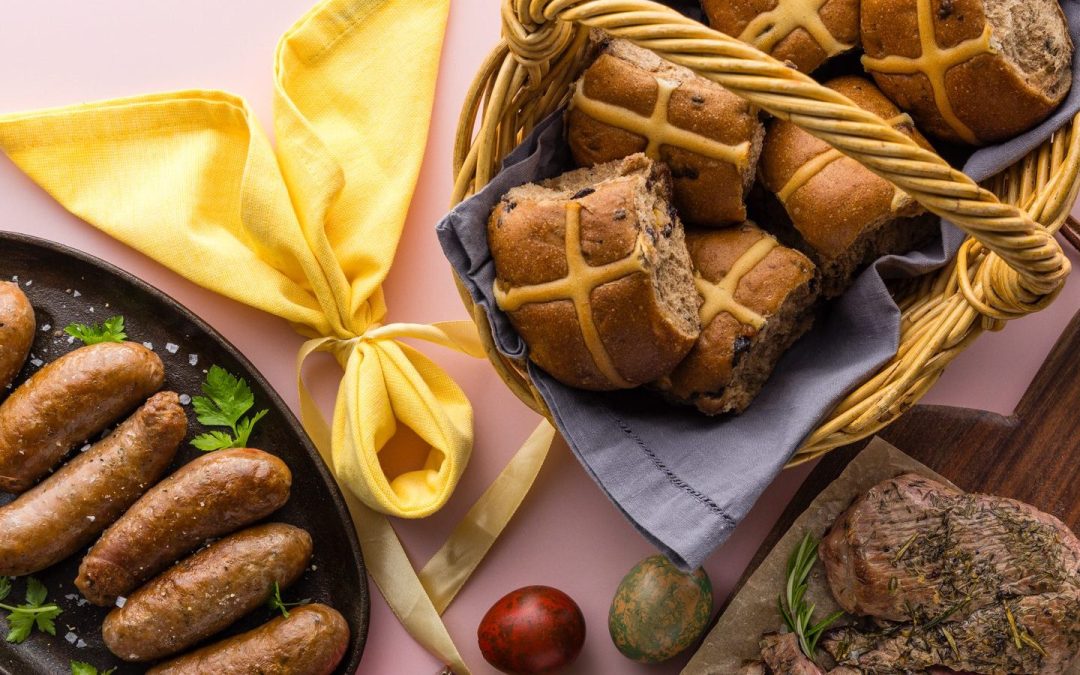There’s plenty of ways to label or categorise the way we eat. All the terminology can get confusing, so let’s do a deep dive into what some of these diet labels mean!

Key things to remember:
- It’s important to note that any diet, or restriction to eating habits or patterns, can interfere with our ability to eat intuitively or be flexible in our day to day lives. This suggests the sustainability of these patterns of eating might not be achievable long term.
- Focus on eating foods that deliver plenty of nutrition and satisfaction, and leave you feeling great.
- Focus on eating mostly whole foods, minimally processed – as nature intended them to be!
Keto
Keto, short for ketogenic, is a diet with the idea being that you reach a state of ketogenesis. Ketogenesis is the metabolism of fats into ketone bodies to provide energy which can fuel our certain organs, particularly our brain.
Our bodies will only be in a ketogenic state when we do not have enough carbohydrates available to power our brain (as our brain needs carbs to function!) i.e. it’s a survival mode. A keto diet is a low carb, adequate protein and high fat diet. The diet originated from being used as a means to manage epilepsy.
The desired effect from following a ‘keto diet’ would be that you become more efficient at burning fat – whether this counteracts the high calorie intake is up for debate. There are known side effects from following a very restrictive dietary pattern (in this case low carb) such as dizziness and irritability, ketone breath (bad breath), and constipation among others.
It also means you miss out on the key nutrients from a wide range of nutritious foods, such as whole grains, legumes and a number of fruits and vegetables. Another concern around following a high fat diet is the increase in dietary saturated fats beyond recommended daily intake, which increases risk factors for a number of diseases.
Paleo
The paleo (or paleolithic) diet is thought to be inspired by how those who lived in the paleolithic era would eat. Originally, the paleo diet was mostly plant based however the more recent iterations of the paleo diet consist of a lot of meat proteins.
The diet encourages eating mostly unprocessed or minimally processed vegetables, fruits, nuts and roots, excluding dairy, grains, legumes, sugar, coffee, processed oils, salt and alcohol. There are some similarities to Fresh Start, especially focusing on minimally processed foods for their nutrient density, and reducing sugar, salts, processed oils and alcohols as these provide little nutritional benefits.
However, at Fresh Start we love to use whole grains and corn, legumes and low fat dairy (excluded from a paleo diet) for the vast array of essential nutrients they provide to our diets. Fresh Start doesn’t look to restrict foods that have great nutritional benefits.
Intermittent Fasting
Intermittent fasting (also known as time restricted eating) is a pattern of eating whereby you create specific time windows in which you choose to eat all of your daily meals within. This typically looks like an 8 hour window for eating and a 16 hour window for not eating, or fasting. For some this means fasting from 8pm to 12 midday, others from 4pm to 8am.
The idea is that we start to utilise stored energy during these fasting windows rather than energy from the foods we’ve very recently eaten, and that this might have an effect on our insulin activity in our bodies too. If you are looking to try intermittent fasting, especially while on Fresh Start, it’s important to make sure you’re still eating all your daily calories in the eating window. If you feel light headed or unwell in the fasting period you must break the fast.
Fresh Start
Here at Fresh Start, we don’t fit into one particular box, but simply aim for a diet that’s rich in minimally processed plant foods. This means lots of nutrient dense foods like veggies, legumes, nuts and seeds, whole grains and fruit. We pair this with moderate portions of high quality proteins like salmon and fish, lean red meats, chicken, eggs and low fat dairy products.
We make sure to balance plates with mostly veggies and a good amount of lean protein, then make up the rest with complex carbs and healthy fats. Sometimes there’s lesser carbs, some times lesser fats – it depends on the meal composition and overall calorie amount. Across the week you might see a recipe lighter in carbs, and another that provides a pulse pasta or rice.
Balance and moderation are key principles at Fresh Start, rather than a restrictive approach. It’s all about what you can have, not what you can’t!


